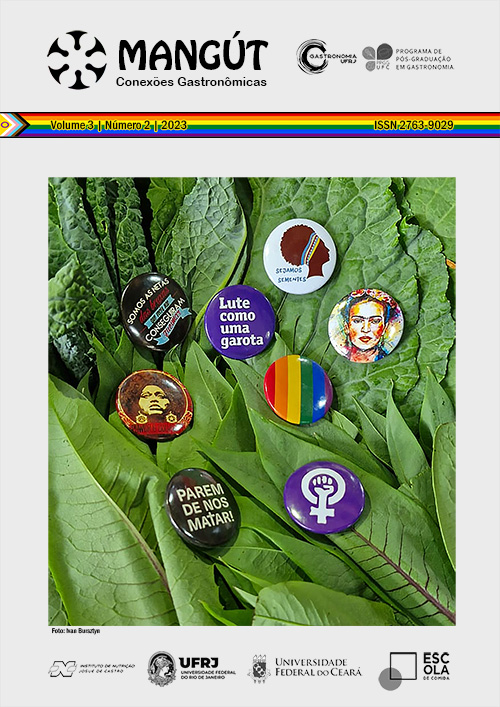Diagnosis of Eating Disorder in the LGBTQIA+ population: eating disorder or an issue related to sexual and gender identity?
DOI:
https://doi.org/10.70051/mangt.v3i2.61240Keywords:
Gastronomy, Eating disorder, Body image, Gender, Sexual orientationAbstract
The LGBTQIA+ population has been little welcomed, understood and listened to in health services, due to scenarios of violence and discrimination that they experience daily in an attempt to access care in these devices. Eating disorders have been discussed as quite prevalent in this population, but the question remains whether we are correctly diagnosing people as actually cases of eating disorders, body dissatisfaction characteristic of people from the LGBTQIA+ population, or it would be a question of their own understanding of gender. Who recognize themselves and their sexual orientation? Do we take into account the differential diagnosis in these cases? That way, this article aims to discuss eating disorders, health in the LGBTQIA+ population and their particularities, in addition to the relationship between these two themes from the perspective of the differential diagnosis of eating disorders, acceptance and understanding of the individual based on their gender, sexual orientation and body image.
Downloads
Published
Issue
Section
License
Copyright (c) 2024 Camila Chermont Prochnik Estima, Mariana Viviane Da Silva, Monica Vianna

This work is licensed under a Creative Commons Attribution 4.0 International License.
Autores que publicam nesta revista concordam com os seguintes termos:
- Autores mantém os direitos autorais e concedem à revista o direito de primeira publicação, com o trabalho simultaneamente licenciado sob a Licença Creative Commons Attribution que permite o compartilhamento do trabalho com reconhecimento da autoria e publicação inicial nesta revista.
- Autores têm autorização para assumir contratos adicionais separadamente, para distribuição não-exclusiva da versão do trabalho publicada nesta revista (ex.: publicar em repositório institucional ou como capítulo de livro), com reconhecimento de autoria e publicação inicial nesta revista.
- Autores têm permissão e são estimulados a publicar e distribuir seu trabalho online (ex.: em repositórios institucionais ou na sua página pessoal) a qualquer ponto antes ou durante o processo editorial, já que isso pode gerar alterações produtivas, bem como aumentar o impacto e a citação do trabalho publicado (Veja O Efeito do Acesso Livre).



